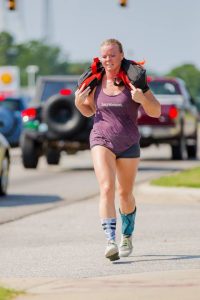
Getting Stronger with Little to No Equipment
It looks like we are going to be here for a while. By here I mean trapped in our homes. A few days ago I

It looks like we are going to be here for a while. By here I mean trapped in our homes. A few days ago I
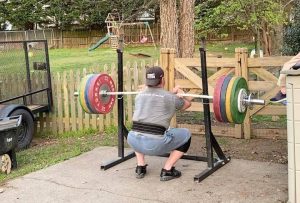
Writing this seems so surreal. I can’t believe that I am writing all of you under these uncertain circumstances. Yet here we are. I wrote
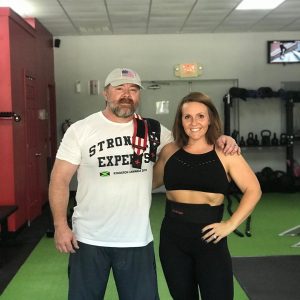
I was telling my father-in-law yesterday that I have written over one thousand articles since 2002. I have always taken the outlook if I give
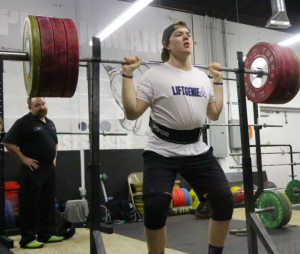
Lately, my greatest mission has been to improve the quality of strength and conditioning around our country. It seems my focus has been on high
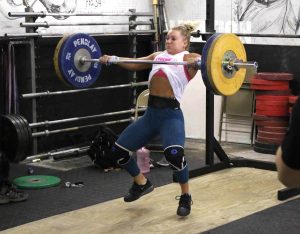
All too often in the strength world we beat a dead horse by talking about the first and second pull of the snatch and clean.
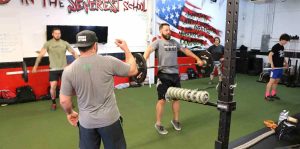
Ever since I posted the video on Twitter of the young athlete performing a clean with terrible technique, I feel that most of my attention
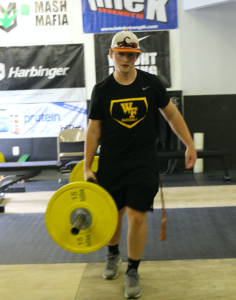
I have come up with these movements based on the science available and my experience. I love science as much as the next person –
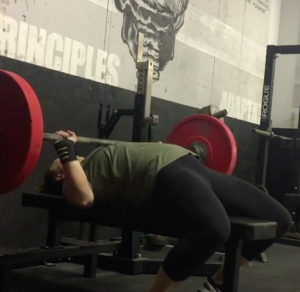
What comes to mind when someone says the word CrossFit or the phrase “functional training”? As of 2017, there are over 13,000 CrossFit affiliated gyms
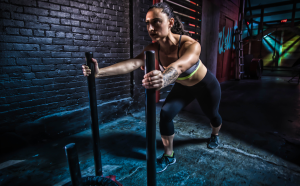
During my entire career in strength and conditioning, I have enjoyed working with the men and women in the military and our first responders. Number
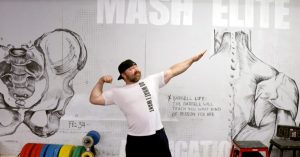
In the middle of a new book I am writing about concurrent training, “Do What You Want”, all of a sudden it dawned on me
Located in RISE Indoor Sports
419 Twins Way
Bermuda Run, NC 27006
Site design by Sum5 Communications.